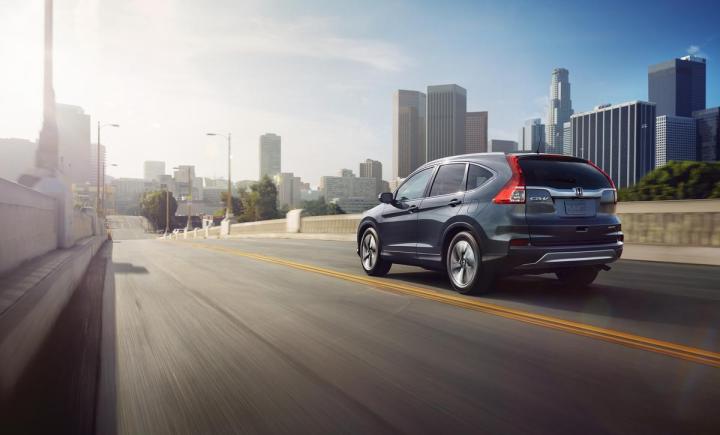
According to The New York Times, the automaker failed to disclose hundreds of product-related injuries and deaths that occurred from mid-2003 to mid-2014, while also underreporting warranty declarations during the same time period.
A total of 1,729 written claims were not revealed by the Japanese automaker, an internal audit found, a fact that Honda admitted to last September.
Among other things, the manufacturer’s actions violate a system called ‘Early Warning Reporting,’ which requires carmakers to disclose claims concerning defect-related injuries and deaths. Early Warning Reporting was instituted in 2000.
As a result, federal regulators charged Honda with the maximum fine for each grievance, $35 million, totaling the record $70 million.
Some of the missing incidents reportedly involved Takata airbags, which have been recalled by several automakers worldwide. The airbags have caused several injuries and deaths due to a flaw that can send metal fragments toward the driver during deployment.
“Today’s announcement sends a very clear message to the entire industry that manufacturers have responsibility for the complete and timely reporting of this critical safety information,” said Mark Rosekind, head of the NHTSA.
Honda was quick to respond to the regulator’s announcement, disclosing that it will pay the fine and cooperate with the NHTSA.
“In order to ensure full compliance with its early warning reporting obligations, Honda has already begun taking steps to correct the errors responsible for the violations,” reads the brand’s statement. “The company is in the process of initiating new training regimens, changing internal reporting policy, making staffing and organizational changes, and enhancing oversight of its early warning reporting process.”


